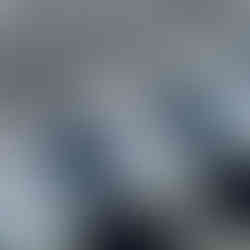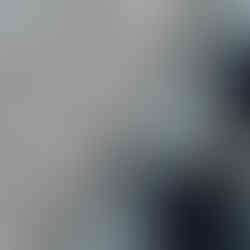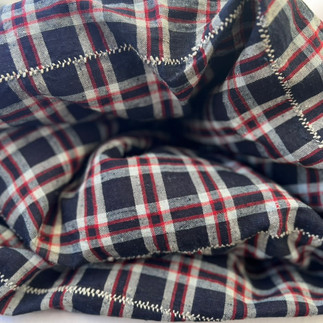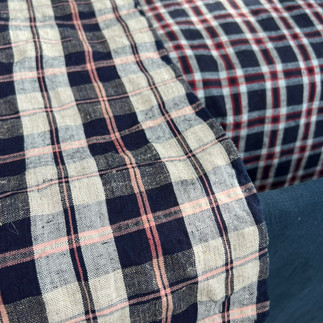Kelsch
- tinkertailortinker
- Aug 12
- 2 min read

Who doesn’t love a good checked fabric? For us it brings up memories of childhood outfits sewn by our mothers, school uniforms, and aprons. If you have any Scottish heritage, you will be sure to have a family tartan to call your own. Picnic blankets, tablecloths, summer dresses in madras cotton, and warming winter scarves are all jumbled into the memory bank too.
While many countries have variations on a check, we have come across a few pieces of beautiful vintage kelsch while trawling brocantes and flea markets in our corner of France this year. We don’t see it often in the south, so you can imagine our excitement when we do spot a piece on a table in a market!
Kelsch is typically a woven check pattern in a combination of red, blue and ecru linen. Handloomed, these textiles were traditionally made by farming families in the Alsace region of France who did everything from harvesting the flax through to sewing the finished linen piece (curtains, quilt covers and cushions).
The name is likely a derivation of kölnisch (from Kölnisch Blau (Cologne Blue) the blue dye made from woad, isatis tinctoria) which was cultivated along the Rhine river valley from the 8th century. Other sources claim the name derives from the Celts, who also cultivated flax, and were also experts in weaving tartan. Stay tuned!
From our understanding the colourway of kelsch was typically blue (dyed from woad, and later indigo when imported to Europe in the 17th century) and ecru (the natural linen) until the late 18th century when madder (rubia tinctorum) became more available as a red dye in the Alsace region. This allowed a wider variety of checks to develop, and the three coloured kelsch became more popular. As the pieces were hand made from start to finish, each piece is unique and particular to the maker, with combinations of colours, techniques and skills creating a myriad of patterns.
Typically the looms on the farms were quite narrow, so we often see pieces which are stitched together in strips to form a larger pieces of textile (true for textiles other than kelsch too). As kelsch was predominately used for household linens, it was often monogrammed as part of a bride’s trousseau.
There is much to discover and we will expand on our textile research in coming months, so please consider this narrative as more of an overview.
We have found a couple of tri-coloured offcuts, which we will incorporate into a project or two, and three gorgeous cushion covers in blue and ecru (these three are in our online shop). We have previously sold some pieces at markets in Sydney in the three colours, a beautiful single bed sized quilt and two cushion covers, which we sourced a few years ago near Avignon. In beautiful red, blue and ecru, all hand loomed and handstitched, they were all backed in
a plain linen with cotton ties.
We look forward to finding more pieces, there are a few big markets and brocantes coming up and we can’t wait to share what we find and learn along the way!
À bientôt!















Comments